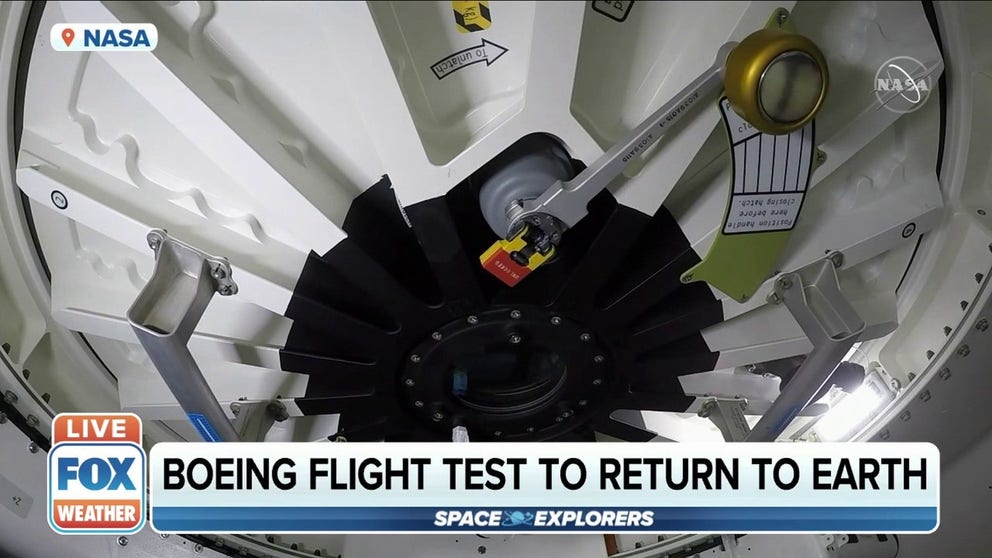SpaceX ride-sharing rocket rattles windows returning to Cape Canaveral
Residents across Central Florida could hear sonic booms from the rocket booster landing
CAPE CANAVERAL, Fla. – A SpaceX Falcon 9 rocket launched Wednesday afternoon, sending 59 spacecraft into orbit and then returning for a landing at Cape Canaveral, creating sonic booms heard from the Space Coast to Florida's Gulf Coast.
Transporter 5 is SpaceX's fifth dedicated ride-sharing mission. The 57-minute launch window opened at 2:27 p.m. ET and the rocket blasted off at 2:35 p.m.
HOW TO WATCH FOX WEATHER ON TV
The Falcon 9 launched from Space Launch Complex 40 at Cape Canaveral Space Force Station, sending CubeSats, microsats, non-deploying hosted payloads and orbital transfer vehicles into low-Earth orbit, according to SpaceX.
Three CubeSats named "Luca," "Penny" and "Diako" will monitor greenhouse emissions for Canadian company GHGSAT. The tiny satellites can detect even small sources of methane, such as oil and gas wells. Another GHGSAT satellite recently detected emissions from cow burps in California's Joaquin Valley.
WEATHER IS CRITICAL FOR A SAFE SPACEX CREW DRAGON SPLASHDOWN
About 8-minutes after liftoff, the Falcon 9 booster landed back at Landing Zone 1 at Cape Canaveral Space Force Station. SpaceX warned that residents of Brevard, Orange, Osceola, Indian River, Seminole, Volusia, Polk, St. Lucie, and Okeechobee counties may hear one or more sonic booms during the landing.
The rumble could be heard in Orlando about 5 minutes after the landing.
What people hear and feel depends on weather conditions, including cloud cover, humidity and other factors.
CLICK HERE TO GET THE FOX WEATHER UPDATE PODCAST
The landing marked the eighth landing for the rocket booster. It previously launched two NASA astronaut crews to the International Space Stations and five other missions.
About 200 miles above Earth, one minute after SpaceX's launch, Boeing undocked its Starliner spacecraft, beginning its journey back to Earth. The milestone will complete the orbital flight test and help NASA determine if the spacecraft can fly NASA astronauts as soon as this year.
Starliner will land in New Mexico after 6 p.m. ET, ending its six-day mission.
Boeing Starliner set to undock, return to Earth Wednesday
Boeing is set to complete the Starliner OFT-2 on Wednesday with a landing in New Mexico.
